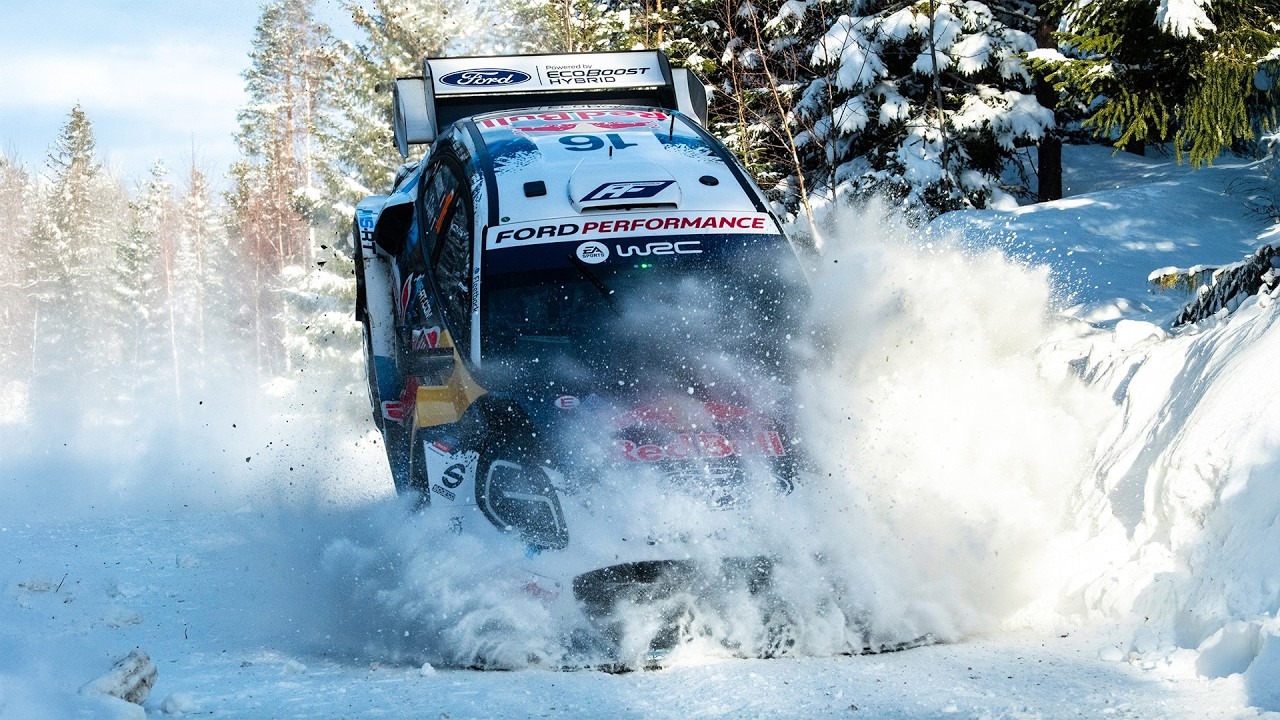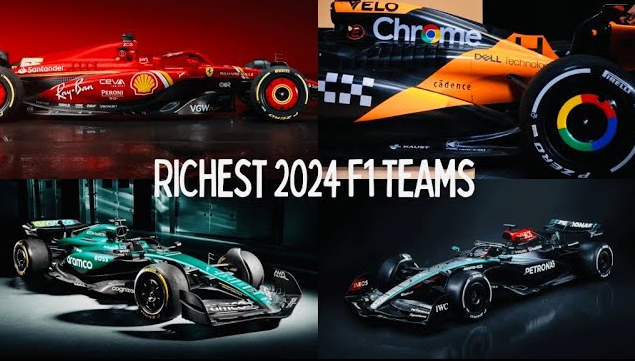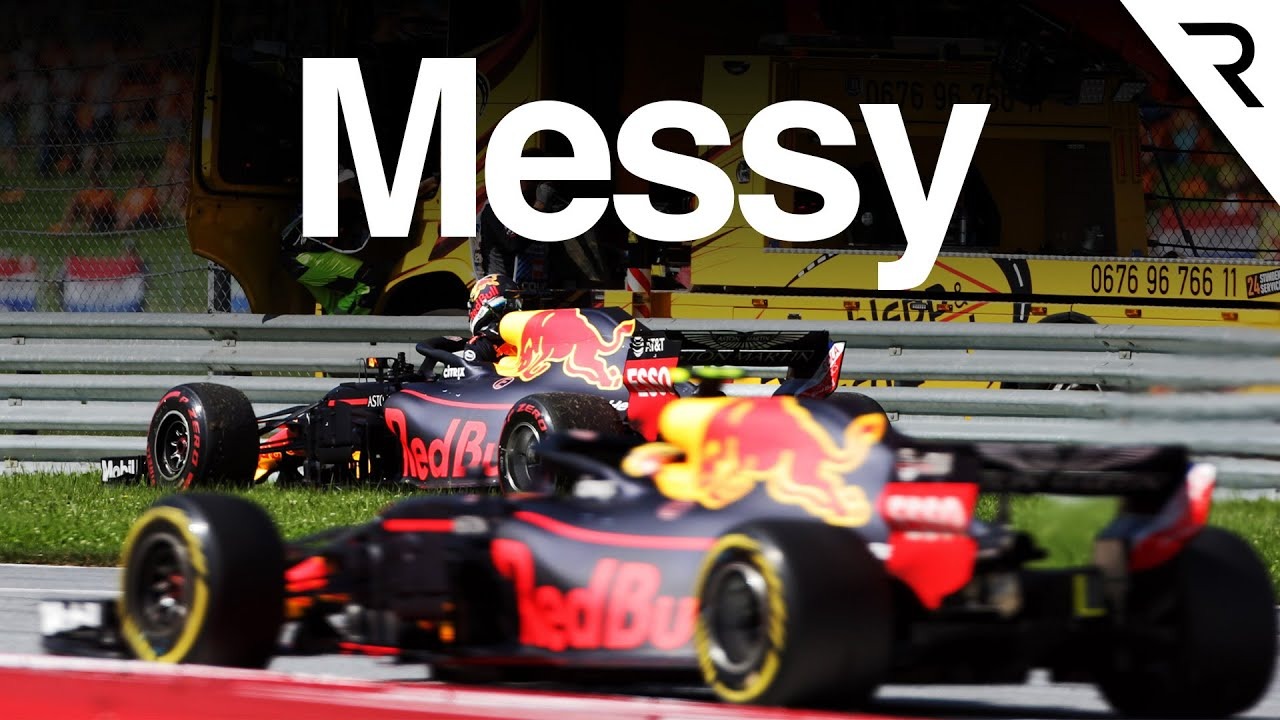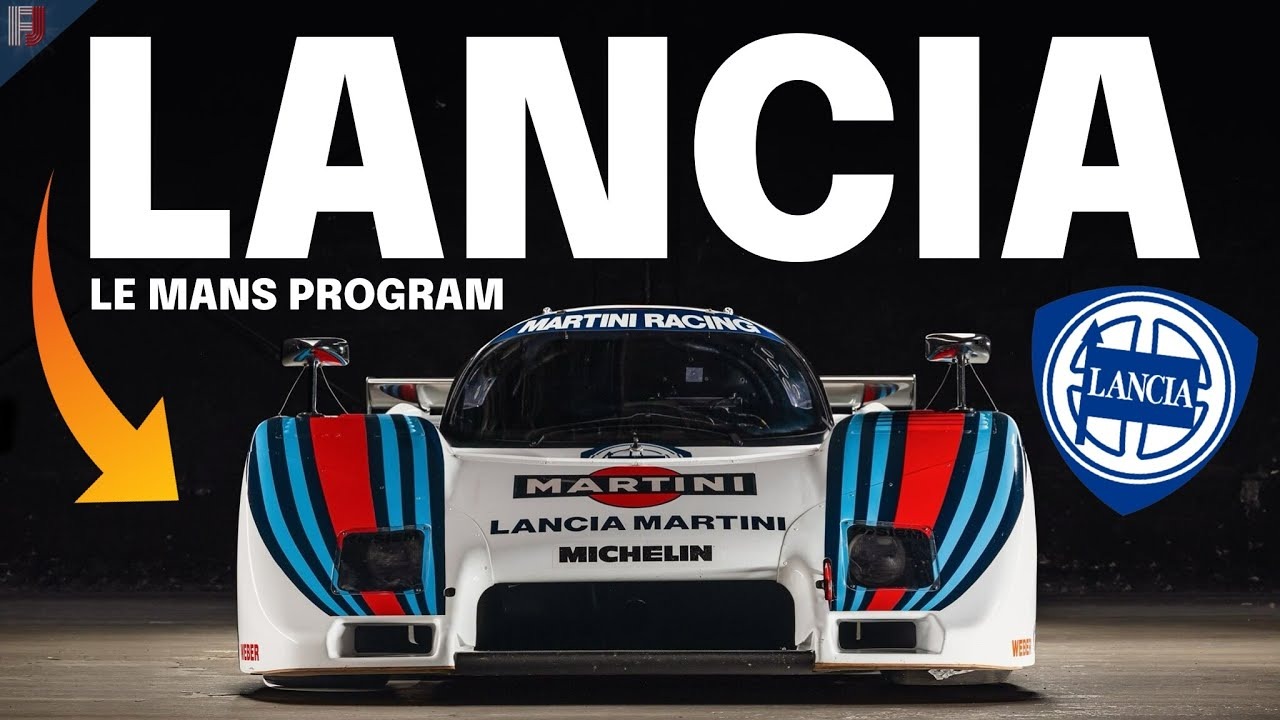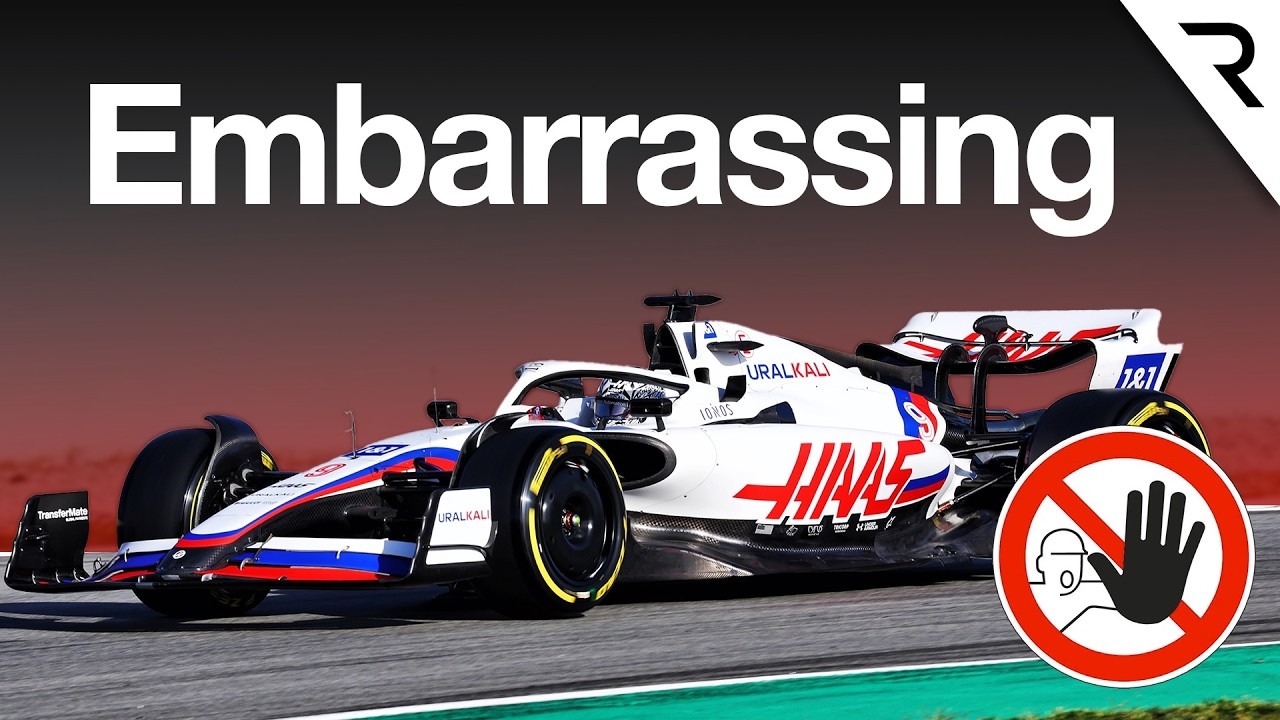The Jaguar XKSS is one of the most beautiful sports cars ever made.

We’re big fans of Jaguar’s sport cars, the legendary E-Type, XJ220, and F-Type were all gearheads’ favorites at one time or another, but what of the lesser known XKSS, Jaguar’s race car turned supercar?
Now, even the most avid Jaguar fan will admit that, despite building some of the best sports cars ever, Jaguar’s reputation lags significantly behind its rivals. BMW and Mercedes both, at the same time as the XKSS rolled out, had more successful cars, the 300 SL and short-lived 507 are highly prized. So why does the XKSS not garner the same level of attention? We’re pinning our hopes on low production volumes, and the later E-Type boom has pushed the XKSS to darker, dustier ares of gearheads memories.
Gone but not forgotten, we’re here to remind you of some of the XKSS’s finer, if slightly quirkier points, after all it wouldn’t be a classic Jaguar without a few oddities.
10 Origins – Jaguar D-type Racing Program

Like so many of the best classic sports cars, the SKSS began life on the track. Born of Jaguar’s D-Type curtailed racing program, William Lyons looking to recoup Jaguar’s development costs making use of spare D-Type chassis.

Production number vary according to source, Jaguar sticking by a total of 75 D-types split among factory backed racers and privateers. Numerical discrepancies aside, the D-Type enjoyed considerable on track success with a dominating display of prowess and performance at Le Mans in 1957 taking 1st, 2nd,3rd, 4th, and 6th. The little modified XKSS off-shoot, surely guaranteed to be a winner.
9
Subtle Changes Make All The Difference – 1957 Jaguar XKSS

Rather than spend huge sums redesigning a new road-chassis, Jaguar opted instead for a subtle makeover with the intention of making the D-type more usable for daily use. Parked alongside one another, the two are eerily similar in appearance and profile, XKSS owners literally bagging a race car subtly adapted for road use.

Shorn of its trademark driver-side rear fin, the XKSS boast cleaner lines, added to which Jaguar deleted the driver/passenger cockpit divider, adding a passenger door and for ease of access along with a full width windshield for better protection against the elements. Everything else you see is pure D-type racer.
8 Beauty Is More than Skin Deep

Gorgeous to look at from any angle, the XKSS, devoid of straight lines, is a mass of aerodynamic curves, designed to be as efficient as possible. Take a step closer, and the clever use of alloys and monocoque construction becomes apparent.

Up close, the first thing you’ll notice are the tell-tale rivet lines. In all, 2000 individual rivets hold the XKSS together, in part due to the car’s complex body shape, but largely because Jaguar opted for a lighter magnesium body and chassis.
7 Innovative, But Far From Perfect

Ticking many of the desirable attributes of a moderns sports car, Jaguar had a winner on its hands; fast, beautifully styled and well specced, but the XKSS’s hand-crafted race car origins also present some flaws. Handcrafted being a byword for irregular panel sizing, gaps, and fitment.

Despite Jaguar’s racing success and early adoption of disc brakes, innovation stopped at the XKSS’s suspension. Double wishbones at the front with a live rear axle and torsion bar set-up, paired with impossibly tall, skinny Dunlop tires.
6 Quirky Ergonomics

On the inside, race car origins are clearly evident with a driver focused instrument binnacle, which is fine with us, it’s the cockpit’s other “quirks” that raise a few eyebrows. Looking for the parking brake? You’d best be on good terms with your passenger, with the lever itself intruding into the wrong side of the cockpit.

However, even poorly sited controls pale into comparison with the XKSS’s fuel filler, located inside the cockpit, a few inches behind the driver’s seat, requiring the flimsy hood to be down for the all important fuel stops.
5 External Luggage Space

Race car origins might have provided Jaguar with a solid working platform for the XKSS, it does however have a few practicality issues. For sure, a great weekend get-away car, provided gearheads don’t mind having their luggage stowed on an unsightly luggage rack, and when it rains… well, you get the idea.

The XKSS does, however, have a trunk, but this neatly tucked away space was never intended for luggage, as its shape and location indicates, this lockable space was reserved for the XKSS’s spare in case of emergencies.
4
The Green Rat – Steve McQueen’s Favorite Car

On display at the Petersen Museum, Steve McQueens’s 1957 XKSS, dubbed the “Green Rat” in reference to its performance, handling, and British Racing Green paint job. It’s claimed of all the cars Steve McQueen owned, the XKSS was his favorite, even if the steering wheel is on the wrong side for US shores.

Jaguar only ever produced right hand-drive spec cars, as mentioned earlier, the XKSS was born of the discontinued D-Type program, with the driver’s seat mounted on the right. A case of Jaguar engineers being lazy? Remember the side mounted exhaust exiting precariously close to what became the passenger might have played a part.
3 Longest Lasting Jaguar Engine – XK6 (1949-92)

At the core of the XKSS, Jaguar’s race proven XK6 engine carried over directly from track to road resulted in a top speed of 149 mph, sixty taking 5.2-seconds, fast even by modern standards, in 1957 the XKSS among the fastest production cars money could buy.

In the XKSS, Jaguar’s 3.4-liter XK6 engine kicked out 262 hp, its straight six configuration used a conventional iron block topped with R50 aluminum heads. The standout feature, double-over-head cams operating two valves per cylinder with a triple Weber carburetor set-up. Born in the late 1940s, the XK6 continued in production until 1992.
2 Limited Production Unexpectedly Cut Short

Like the proverbial golden ticket, the XKSS presented Jaguar with a workable low-cost conversion program limited to 25 cars, a win-win for Jaguar and gearheads alike. However, nothing in the automotive industry ever runs smoothly. By late 1957, well into production, disaster struck at Jaguar’s Browns lane factory, a fire tearing through the plant destroying the remaining D-Type/XKSS cars.

All that remained of the incomplete XKSS cars, burned out husks, leaving just the drive train and suspension components. Jaguar’s choice of magnesium alloy proved to be the weak point, unable to withstand the intense heat, chassis and bodies had been completely destroyed.
1 Rising From The Ashes – XKSS Continuation Cars


Make no mistake, the “new” XKSS wouldn’t be a remake, every detail is period correct using the same level of craftsmanship, engineering and are indistinguishable from the original. Re-launched in 2016 with a price tag of $1.4 million, the XKSS is a fast appreciating classic, whether resale prices reach the original’s record of $16 million remains to be seen.

